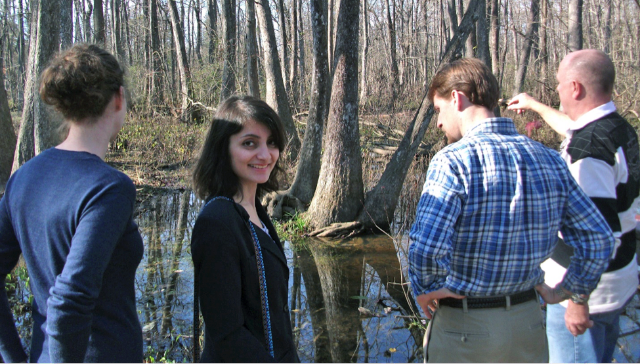Buyeo and Its History
I recently went on a trip to Buyeo, which was the capital city when the Baekje were ruling Korea, during the Sabi Period (538~660). It was known as Sabi Fortress back then. The Korean peninsula was ruled by three kingdoms in ancient times, these were the Baekje Dynasty, Goguryeo Dynasty, and the Silla Dynasty, hence the name Three Kingdoms Era. Given this history, Buyeo has numerous historical sites from this era, such as the mountain fortresses in a number of places and temples ranging across time periods.
First, getting to this place is quite easy. Take the intercity bus and when you arrive at the terminal, you can either rent a bike and walk all over the city. To spend a night overnight, there are many motels and even a government guest house.
The first thing we did was to head towards the Buso Mountain Fortress, (also known as Busosanseong), which is located at the rotary north of the bus terminal. The Busosanseong begins as a park showcasing the ancient fortresses through wooden-covered paths around the park.
Some of the sights you could see are the Samchungsa Temple (where they honour three servants from China), Yeongillu Pavillion, Soldiers' Huts, Banwolli Pavillion (with the best sights of the town of Buyeo below), Gungnyeosa Shrine, Sajaru Pavillion, Nakwaam Rock (where legends have it that 3,000 women threw themselves to death below into the river after their empire was invaded by Chinese forces), and Goransa Temple (it is said that drinking a cup of the spring water at the temple would make you three years younger.)
We couldn't see all of the things suggested to us- instead we headed further up the hill to a pavilion as it was raining. The view from the pavilion was beautiful and you could see the Geum River. Given my fascination with rivers, here is some interesting information. Its the third longest river in Korea! Surprisingly, the river bears the name Baengma-gang in Buyeo, which means White Horse River. Numerous legends associate the ancient kingdom of Baekje with the Baengma. The Baengma River is the subject of a well-known song of the sin minyo tradition, Kkumkkuneun Baengma-gang. The name comes after a legend that a white horse had to be sacrificed to conquer this area.
Besides these things, we experienced a wonderful parade with Talchum dancers (written in another post) and then, in the evening, we headed to Jongnisima temple for a concert, where there was a tiny lotus pond and a five storied pagoda visible.
We also went to the museum to explore the history of Buyeo. As mentioned earlier, Buyeo was the capital of Baekje and its culture was strongly influenced by China, as the artifacts found in the Tomb of King Muryeong before the Sabi Period gives the evidence. The Buyeo National Museum makes all this evident, and has about 15,000 artifacts from the Chungnam Province region in its collection.
There are three national treasures at the museum. One of this is Gilt-Bronze Incense Burner. This features a dragon-shaped pedestal, lotus-shaped bowl for burning and a lid covered by mountain forms. There is a Bongwhang, a legendary auspicious bird perched atop the lid.
After the museum, we indulged ourselves in a delicious meal and headed back to the city. The other details of the parade can be found in the second post on Buyeo and its parades!









0 comments